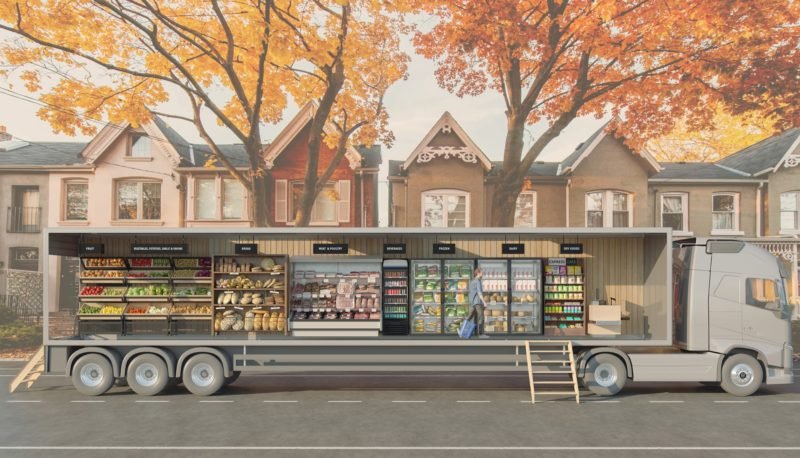And We Call It The Lifepod
If Apple would have been an architecture office, they would have come up with this portable house.
Taking into account the design, look and feel and the technology inside of this one-person nomadic house, the name Lifepod can hardly be a coincidental reference to Apple’s product line. I am even quite sure that also ‘iHouse’ was on the makers’ shortlist. In fact the Lifepod is a portable mini-capsule for nomadic living, designed by the San Francisco-based office Kyu Che. According to Inhabitat the concept of the highly portable prefab unit is loosely based on the design of the traditional Mongolian ger (or ‘yurt’, as the Russians call it). It refers to a nomadic living experience, although well equipped with modern technology.
“Lifepods are constructed using the most advanced 21st century automotive, aeronautic, nautical and RV technologies. Inspired by roaming mammals, the futuristic prefabs are designed as ‘quadrupedal fuselages’ with footings that can adjust to the contours of their environs, rather than disfiguring the landscape to fit to the house. All the modular pieces fit into a 40 ft container and can be shipped anywhere around the world.”


The Lifepod is not the only portable mini-capsule for nomadic lifestyles. Architects increasingly search for single unit solutions for the big questions in modern life; whether to life in the roaring city or on the boring countryside. The City Egg, for instance, was a concept by Dai Haifei designed to sleep close to the office he works in. Design student Alec Farmer revitalized Ken Isaacs‘ DIY eco-friendly multi-functional living unit. Also PACO, the second skin from Tokyo, is a great example of a well designed living capsule.



